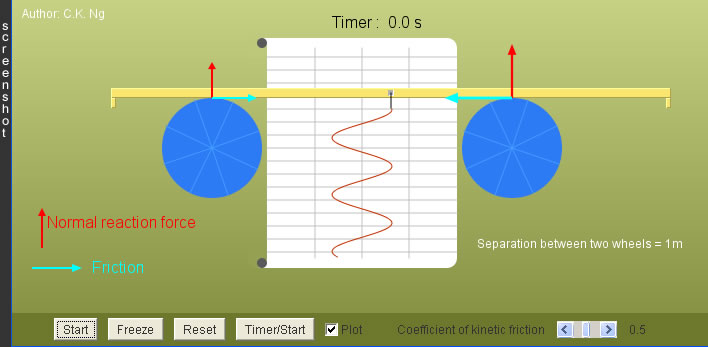

- #Java lwjgl oscellating motion how to
- #Java lwjgl oscellating motion code
- #Java lwjgl oscellating motion download
#Java lwjgl oscellating motion code
Our Java Games Source Code Projects was created for final year students in studying computer science/information technology/.etc. The Lightweight Java Game Library (LWJGL) is a solution aimed directly at professional and amateur Java programmers alike to enable commercial quality games to be written in Java.
#Java lwjgl oscellating motion how to
It may also be still beneficial with other explosion sources - Withers, Ghasts, etc. Java Games Source Code Project is the great way to learn how to build a Game in Java. Motion still reduces blast resistance of blocks though, so the classic blast chamber design yields more blocks broken per TNT.
#Java lwjgl oscellating motion download
Since 19w11a, the usefulness of blast chambers has increased greatly - as blocks destroyed by TNT now have a 100% drop rate. lwjgl/( 868 k) The download jar file contains the following class files or Java source files. The rotation worked, but it happens with respect to the bottom left corner of the Sword Quad. My coordinate system is set to the bottom left FOR ALL objects. I recently tried adding a swinging sword mechanism. To get enough explosions for a blast chamber, either use TNT duplication, creepers, ghast fireballs, wither skulls or ender crystals, etc. A blast chamber is a chamber used to greatly decrease both the chance of item loss and the blast resistance of blocks while trying to break blocks with explosions. I'm making a 2d top down game in Java using LWJGL(OpenGL, essentially). Thus, blowing up a moving block greatly increases efficiency. It has a blast resistance of 0, and can't be broken by tools, but it can be broken by explosion, after that it will drop the same things the block it replaces would drop if broken by explosions. You can vote up the ones you like or vote down the ones you dont like, and go to the original project or source file by following the links above each example. These examples are extracted from open source projects.

This block has some interesting properties. The following examples show how to use 13. Doing t/timeTotal t / (distance (target,source)/velocity) gives you a fraction in range 0,1 that you then use, to lerp from A to B: position (A, B, speed, t) > lerp (A,B, t/ (distance (A,B. Actually, the blocks to be pushed are deleted, then moving piston is placed at the destination, then play the animation of blocks moving to give a sense of blocks moving. From source and target you derive distance, speed is your constant, and then you determine your timeTotals/v (how long it takes to travel from A to B). However pistons appear to do this all the time. The exception to this are TNT blasts, where they drop all blocks broken as items as of Java Edition 1.14.īlocks cannot just exist outside the block grid. It is important to note that this method only works with blocks that can be moved by pistons, and more importantly, most explosions can cause blocks and their items to be destroyed entirely, making it impossible to get them back. A blast chamber is a chamber used to greatly decrease both the chance of item loss and the blast resistance of blocks while trying to break blocks with explosions.


 0 kommentar(er)
0 kommentar(er)
